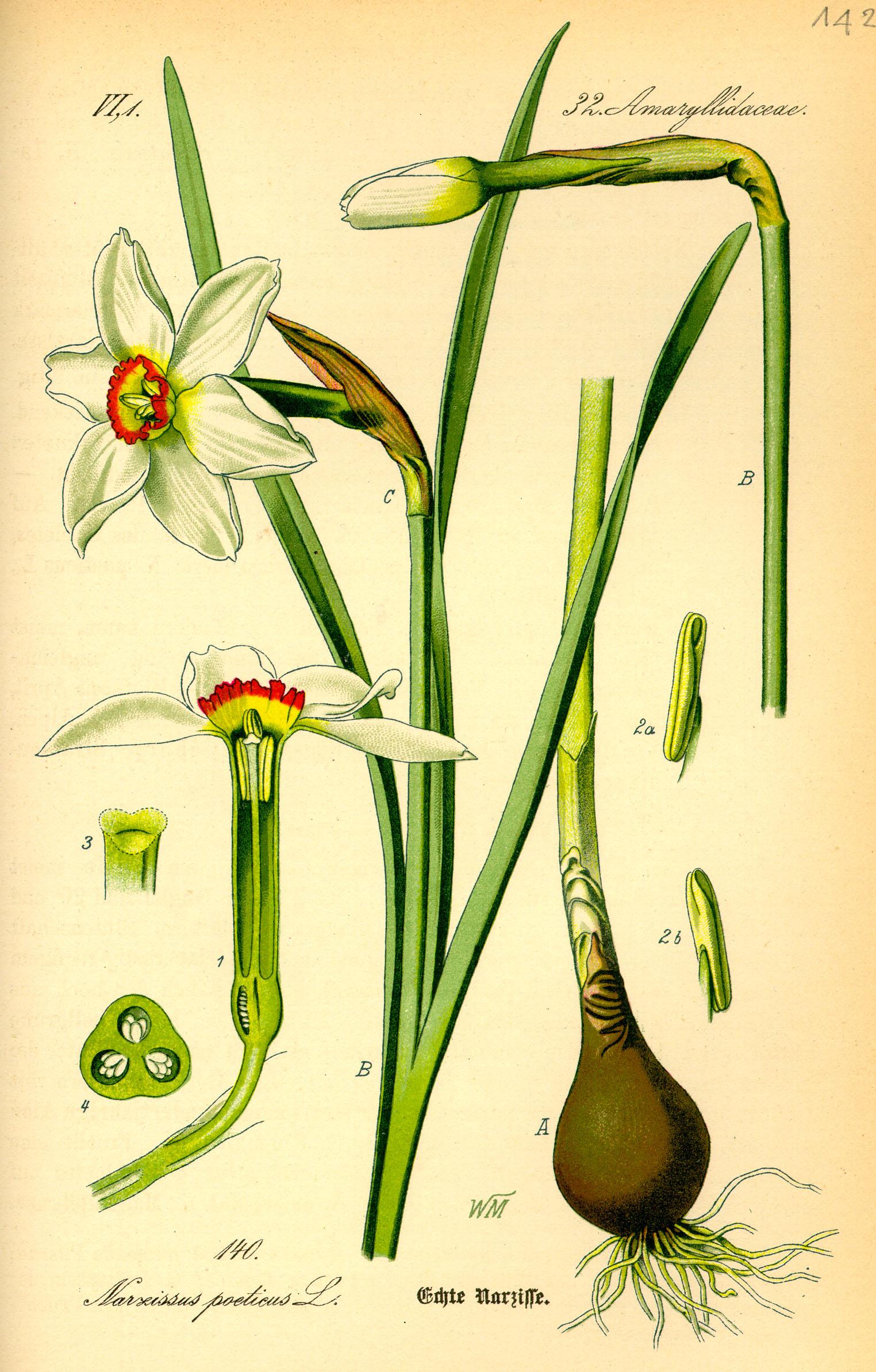
Poet's narcissus (Narcissus poeticus)
Poet's narcissus, also known as Pheasant's eye, Findern flower
The Poet's Narcissus (Narcissus poeticus) is often considered the legendary narcissus referenced in ancient texts and celebrated in art and literature. The Greek philosopher Theophrastus mentioned a flower in his "Historia Plantarum" that many scholars believe to be the Poet's Narcissus. According to Greek mythology, this is the flower that Persephone was gathering when Hades abducted her to the underworld.
Key Facts About Poet's narcissus
Attributes of Poet's narcissus
Scientific Classification of Poet's narcissus
Toxicity
Golden pothos poisoning occurs through ingestion or significant physical contact with its sap. In humans, contact with calcium oxalate in the plant can cause dermatitis, eczema, and other irritations. For pets such as dogs and cats, ingestion of the plant's leaves or stems can lead to symptoms like mouth irritation, vomiting, drooling, and potentially more severe health issues if left untreated.